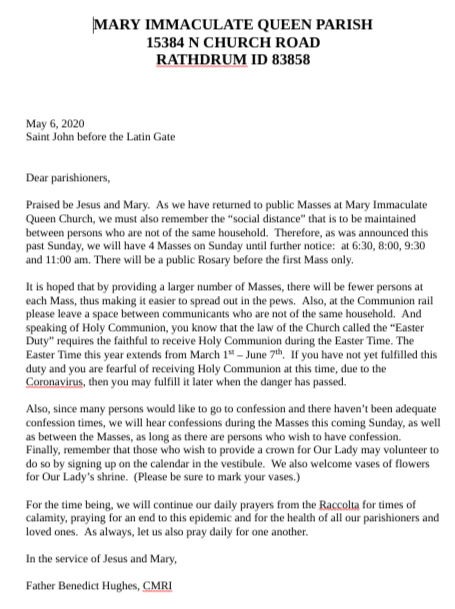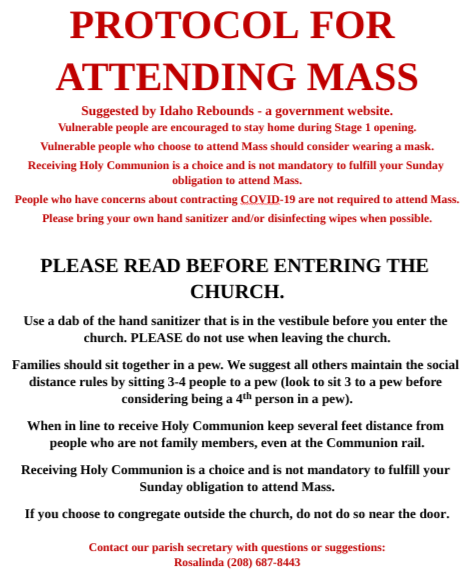




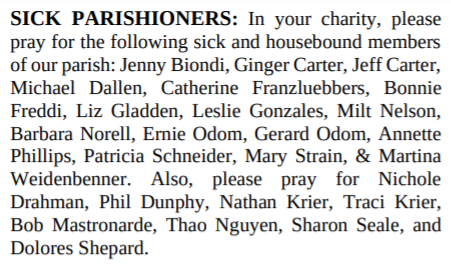
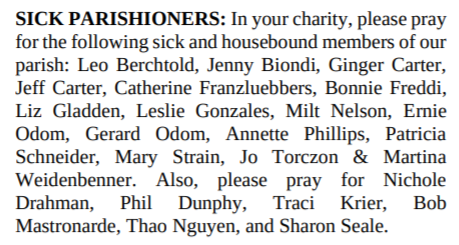
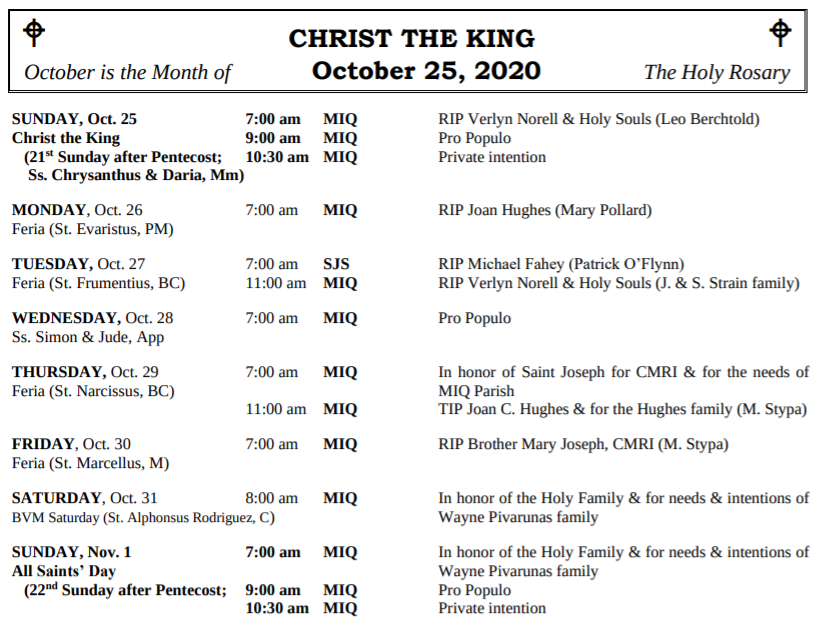
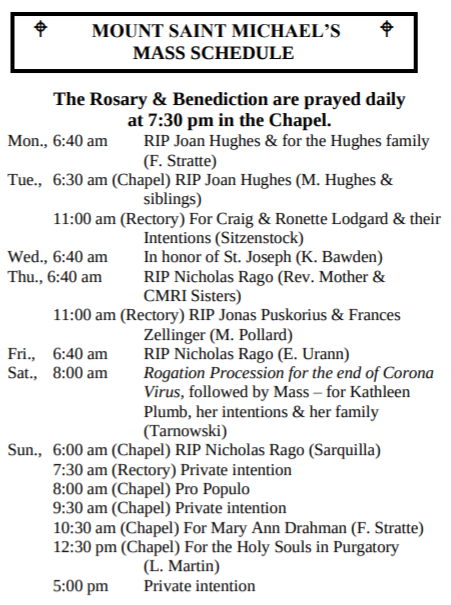

The ministry fulfilled in our regard by the heavenly spirits is
admirably set forth in the graceful scenes depicted in the history of
Tobias. Rehearsing the good services of the guide and friend,
whom he still calls his brother “Azarias”, the younger Tobias said
to his father: ‘Father, what wages shall we give him? Or what can
be worthy of his benefits? He conducted me and brought me safe
again, he received the money of Gabelus, he caused me to have my
wife, and he changed from her the evil spirit, he gave joy to her
parents, myself he delivered from being devoured by the fish, thee
also he hath made to see the light of heaven, and we are filled with
all good things through him’. (Tobias xxii: 2,3)
And when father and son endeavored, after the fashion of men, to
return thanks to him who had rendered them such good service, the
angel discovered himself to them, in order to refer their gratitude to
their supreme Benefactor. ‘Bless ye the God of heaven, give glory
to Him in the sight of all that live, because He hath shewn His
mercy to you…When thou didst pray with tears, and didst bury the
dead…I offered thy prayer to the Lord. And because thou wast
acceptable to God, it was necessary that temptation should prove
thee. And how the Lord hath sent me to heal thee, and to deliver
Sara thy son’s wife from the devil. For I am the angel Raphael, one
of the seven, who stand before the Lord…Peace be to you, fear
not;…bless ye Him and sing praises to Him.’ (Tobias xii: 6-18)
We too will celebrate the blessings of heaven. For as surely as
Tobias beheld with his bodily eyes the Archangel Raphael, we
know by faith that the angel of the Lord accompanies us from the
cradle to the tomb. Let us have the same trustful confidence in him.
Then, along the path of life, more beset with perils that the road to
the country of the Medes, we shall be in perfect safety; all that
happens to us will be for the best, because prepared by our Lord;
and, as though we were already in heaven, our angel will cause us
to shed blessings upon all around us.
The Liturgical Year, XIV, Book V, pgs. 439-440
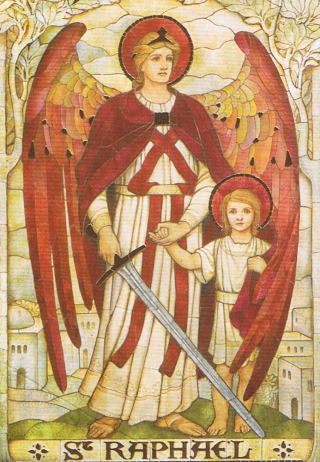
The Fatima Conference announcement made in the post re: Fatima Conference contained an error! The 7th lecture we said was going to be livestreamed at 7:15pm on Saturday will be livetreamed on FRIDAY.
We apologize for any inconveniences this may have presented.
St. Alphonsus was born in the village of Marianella near
Naples, Italy, September 27, 1696. At a tender age his pious
mother inspired him with the deepest sentiments of piety. The
education he received under the auspices of his father, aided by
his own intellect, produced in him such results that at the early
age of sixteen he graduated in law. Shortly after, he was
admitted to the Neapolitan bar. In 1723 he lost a case, and God
made use of his disappointment to wean his heart from the
world. In spite of all opposition he now entered the
ecclesiastical state. In 1726 he was ordained priest. He
exercised the ministry at various places with great fruit,
zealously laboring for his own sanctification.
In 1732 God called him to found the Congregation of the
Most Holy Redeemer, with the object of laboring for the
salvation of the most abandoned souls. Amid untold difficulties
and innumerable trials St. Alphonsus succeeded in establishing
his Congregation, which became his glory and crown, but also
his cross. The holy founder labored incessantly at the work of
the missions until, about 1756, he was appointed Bishop of St.
Agatha, a diocese he governed until 1775, when broken by age
and infirmity, he resigned this office to retire to his convent of
Pagani, where he died.
Few saints have labored as much, either by word or writing,
as St. Alphonsus. He was a copious and popular author, the
utility of whose works will never cease. His last years were
characterized by intense suffering, which he bore with
resignation, adding voluntary mortifications to his other pains.
His happy death occurred at Nocera de Pagani, August 1, 1787.
Lives of the Saints, Pgs. 295-297

